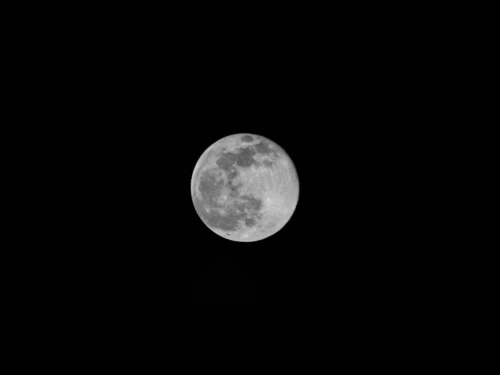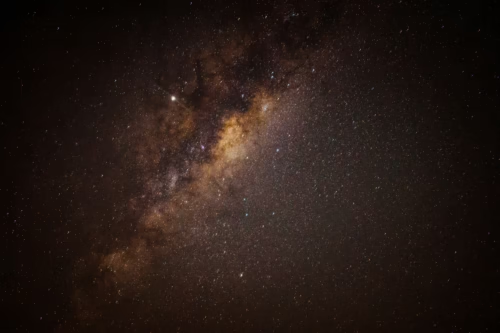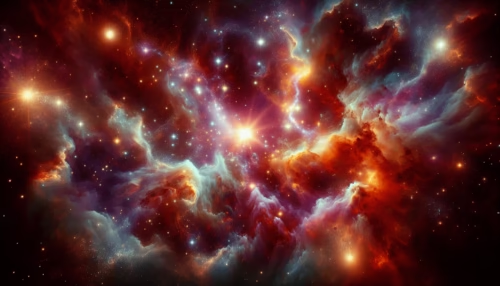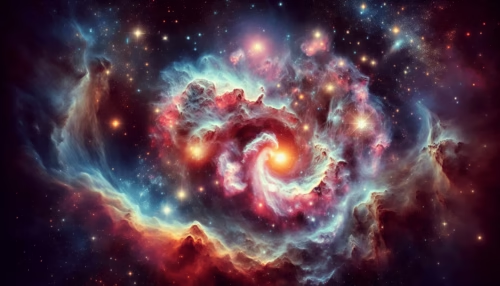The Birth and Death of Stars: Have you ever looked up at the night sky and wondered about the life cycle of those twinkling stars? The universe is a vast and intricate tapestry of celestial phenomena, with stars serving as its fundamental building blocks. From their radiant birth in interstellar clouds to their dramatic death, stars undergo an incredible journey that shapes the cosmos and influences our understanding of space.

Table of Contents
The Essence of Stellar Life
Stars are not just luminous balls of gas that adorn our night sky; they are the engines of the universe, responsible for the creation of elements that make up everything around us. At the heart of every star lies nuclear fusion, a process that fuels their brilliance. Understanding this life cycle not only satisfies human curiosity but also provides insights into the broader workings of the universe.
The Importance of Stars in the Cosmic Dance
Stars are the architects of planetary systems and the forgers of elements. Without stars, life as we know it would not exist. Their processes of birth and death are intricately linked to the formation of galaxies and solar systems. By exploring their life cycle, you gain insight into how elements like carbon and oxygen are formed, ultimately leading to the emergence of life on Earth.
The Star-Birthing Process: From Dust to Luminary
The birth of a star is a story that unfolds over tens of millions of years, set against the backdrop of cold, dark regions of space known as molecular clouds.
Molecular Clouds: The Cosmic Nurseries
Stars originate within molecular clouds—vast regions filled with dust and gas, primarily hydrogen and helium. These clouds are often cloaked in darkness, obscured from view by dense particles. However, within these nurseries, gravitational forces begin to take charge.
The Role of Gravity: Igniting the Fusion
Gravity acts as the catalyst, causing regions within molecular clouds to collapse under their weight. As the material condenses, it forms what is known as a protostar—a dense, hot core that will eventually ignite into a full-fledged star. During this phase, the increasing pressure and temperature at the core set the stage for nuclear fusion.
The Fusion Kick-Off: A Star is Born
Once conditions reach a certain threshold, hydrogen atoms within the core begin to fuse into helium, releasing a tremendous amount of energy in the process. This marks the star’s official birth, as the outward pressure from fusion counteracts gravitational forces, achieving a delicate balance known as hydrostatic equilibrium.

Main Sequence Stars: Stability and Star Power
Stars spend the majority of their lives in the main sequence phase, a stable period where they continuously fuse hydrogen into helium. During this phase, stars exhibit a wide range of characteristics depending on their masses.
Mass Matters: The Role of Stellar Mass
The mass of a star is the single most important factor determining its lifespan and evolution. Massive stars burn through their hydrogen fuel much faster than their less massive counterparts, leading to different evolutionary paths in the cosmic life cycle.
Variability in Main Sequence Stars
Stars of different masses fall within specific classes on the Hertzsprung-Russell diagram, a pivotal tool in astrophysics used to classify stars. This diagram illustrates a star’s brightness against its surface temperature, highlighting distinctions such as spectral types, luminosity, and size.
The Aging Process: Expansion and Varied Transformations
As stars exhaust their hydrogen supply, they begin to age and undergo extraordinary transformations, affecting not only the star itself but also its surrounding environment.
Red Giants and Supergiants: Expanding Horizons
When hydrogen fusion ceases in the core, the star expands and cools, becoming a red giant or, in the case of massive stars, a red supergiant. During this phase, stars may fuse helium into heavier elements like carbon and oxygen in shells surrounding the core.
Variable Star Behavior: Pulsations and Instabilities
During the red giant phase, some stars exhibit pulsations due to complex interactions between gravitational forces and thermal pressures. These pulsations can cause stars to vary in brightness and diameter over regular periods, adding complexity to the stellar evolution narrative.

The Stellar Endgame: Cataclysmic Deaths and New Beginnings
Stars do not live forever. Their demise varies dramatically based on their mass, with each ending offering a different aftermath in the cosmic stage.
Low to Intermediate Mass Stars: The Peaceful End
For stars similar in size to our Sun, the end is relatively serene. After shedding their outer layers into space, these stars leave behind a dense core known as a white dwarf. While initially hot, white dwarfs eventually cool and fade over time.
High Mass Stars: Explosive Finales
The deaths of massive stars are nothing short of cataclysmic. When they can no longer sustain nuclear fusion, their cores collapse in a violent explosion called a supernova. This explosion outshines entire galaxies and disperses heavy elements into space, enriching the cosmic medium and paving the way for new star formation.
Remnants of Death: Neutron Stars and Black Holes
Post-supernova, the core remnants of massive stars take on extreme forms. Neutron stars, composed almost entirely of neutrons, boast incredibly high densities. If the original star was sufficiently massive, the core collapse results in the formation of a black hole—a gravitational singularity from which nothing can escape.
The Influence of Stellar Life Cycle on the Universe
The life cycle of stars plays a pivotal role in the genealogy of galaxies, driving the formation of new stars and planets and enhancing the interstellar medium.
Seeding New Stars: Galactic Recycling
Supernovae release shock waves and energetic particles that compress surrounding gas and dust, triggering the formation of new stars. This ongoing cycle resembles a cosmic recycling process, ensuring that star formation persists across time.
Galactic Drama: The Impact of Stellar Death
The gravity of neutron stars and black holes can significantly affect nearby objects, altering the dynamics of entire galaxies. These enigmatic remnants spark curiosity and continue to push the boundaries of astrophysical research.

The Cosmic Perspective: Appreciating the Stellar Cycle
By comprehending the life cycle of stars, you not only appreciate their grandeur but also understand your own place in the universe. Stars drive the evolution of galaxies, shape planetary systems, and ultimately influence the conditions for life.
Humanity’s Cosmic Connection
Elements critical for life, such as carbon and nitrogen, are forged within the cores of stars and dispersed throughout the universe upon their death. Thus, you owe your existence to the life cycles of these celestial entities.
Stellar Inspiration: The Arts and Sciences
Throughout history, stars have inspired artistic endeavors, scientific inquiry, and philosophical musings, leaving an indelible mark on human culture. They motivate future generations to explore, discover, and understand the universe’s mysteries.
Future Star Studies: The Next Frontier
With advancing technology, our understanding of stars continues to evolve, offering an exciting horizon of scientific discoveries.
Modern Tools: Observatories and Space Telescopes
State-of-the-art observatories and space telescopes provide unparalleled insights into star behavior. By collecting data across a multitude of wavelengths, these tools decipher complex stellar phenomena previously hidden from view.
Computational Astronomy: Simulating Stellar Lives
Computer simulations model intricate processes occurring within stars, helping you visualize stellar life cycles and predict future astronomical events. These technologies are proving invaluable in piecing together the cosmic puzzle.

Conclusion: The Ever-Expanding Wonder
Understanding the life cycle of stars is a humbling and enlightening journey. Despite the complexities and vast scales involved, the sequence of birth, life, and death is profoundly interconnected with the universe’s very fabric. By studying stars, you gain insight into the origins of the elements, the formation of celestial structures, and life’s potential throughout the cosmos.
Through your exploration and curiosity, you uphold a legacy of discovery that fuels the quest for knowledge and the continuous wonder of the cosmos. May this journey inspire you to look up, question, and seek understanding of the stars that illuminate our night skies and hold the secrets of existence.
Young Sun-like Star’s Astonishing Transformation: A Spike in Infrared Luminosity

